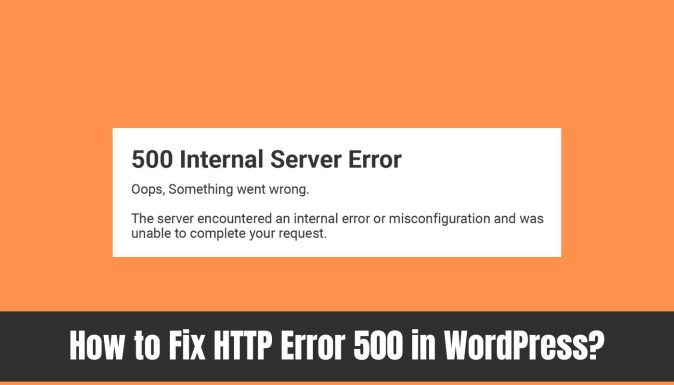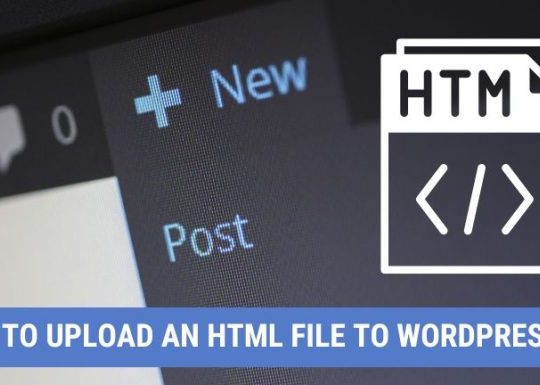Encountering an HTTP Error 500 on your WordPress website can be frustrating, but fear not – solutions are within reach. In this guide, we’ll walk you through the steps to identify, troubleshoot, and fix the dreaded HTTP Error 500, commonly known as the “Internal Server Error.” Whether you’re a seasoned WordPress user or a beginner, follow these steps to get your site back on track.
How to Fix HTTP Error 500 in WordPress?
The HTTP Error 500 is a generic error message that indicates something has gone wrong on the server but provides little insight into the specific issue. It can be triggered by various factors, including problematic plugins, theme conflicts, corrupted files, or issues with your hosting server.
1. Check Your Error Logs
Begin by checking your server’s error logs. Access your hosting account or server through cPanel, Plesk, or an FTP client. Look for an error log file, often named “error_log” or something similar. Investigate the log entries around the time the error occurred to pinpoint the root cause.
2. Increase PHP Memory Limit
Insufficient memory allocation can lead to HTTP Error 500. In your WordPress root directory, locate the “wp-config.php” file. Add the following line before the “/* That’s all, stop editing! Happy blogging. */” line:
define(‘WP_MEMORY_LIMIT’, ‘256M’);
Adjust the memory limit as needed based on your site’s requirements.
3. Identify and Deactivate Problematic Plugins
Faulty plugins often trigger HTTP Error 500. Deactivate all plugins and check if the error persists. If the site loads without the error, reactivate each plugin one by one until you identify the problematic one. Replace or update the faulty plugin, or find an alternative.
4. Switch to a Default Theme
Themes can also be a source of conflict. Temporarily switch to a default WordPress theme like Twenty Twenty-One. If the error disappears, your theme may be the culprit. Update the theme or contact the theme developer for support.
5. Reupload Core WordPress Files
Corrupted or missing core files might be causing the error. Download a fresh copy of WordPress from the official website. Extract the files and upload them to your server, overwriting the existing ones. Be cautious not to overwrite your “wp-config.php” and “wp-content” directory.
6. Check File Permissions
Incorrect file permissions can lead to HTTP Error 500. Verify that your files and directories have the appropriate permissions. Generally, folders should have a permission of 755, and files should be set to 644. Use an FTP client to adjust permissions.
7. Investigate .htaccess File
A misconfigured .htaccess file can result in an internal server error. Make a backup of your current .htaccess file and then rename it. Create a new, blank .htaccess file. Check if the error persists. If it does, revert to the original .htaccess file.
8. Contact Your Hosting Provider
If all else fails, get in touch with your hosting provider’s support. They can review server logs, identify server-side issues, and offer specific solutions. Provide details about when the error occurs and any recent changes you’ve made to assist their investigation.
While troubleshooting issues like HTTP Error 500, it’s also important to safeguard your WordPress site by integrating security tools like WP Captcha to prevent unauthorized access and keep your site secure during maintenance.
Conclusion
HTTP Error 500 might seem intimidating, but armed with the right knowledge, you can troubleshoot and resolve the issue efficiently. By systematically addressing potential causes, you’ll bring your WordPress site back to life, ensuring a smooth and error-free experience for both you and your visitors.
Additionally, implementing security measures with plugins like WP Login Lockdown, WP Captcha, and HT Access not only helps resolve current issues but also prevents future ones. These plugins enhance your site’s security by protecting against unauthorized access, brute-force attacks, and misconfigurations that could lead to errors.
By taking a proactive approach to site maintenance and security, you ensure a smooth and error-free experience for both you and your visitors.













Recent Comments